Anno 117: Pax Romana marks a significant shift for the long-running city-builder series, trading the industrial backdrop of earlier entries for the height of the Roman Empire. After spending extensive time managing provinces, balancing supply chains, and navigating political demands, it becomes clear that this entry introduces fresh systems while preserving the series’ established rhythm of construction, logistics, and economic balance.

Setting and Atmosphere
The game opens in Latium at the peak of Roman influence, before expanding into the harsher, marsh-ridden lands of Albian. The shift in geography, architecture, and culture is immediate and effective. Roman plazas, aqueducts, and temples give way to dense fog, Celtic structures, and rugged landscapes. This contrast brings strong identity to each region, and the world design is one of the game’s standout achievements.
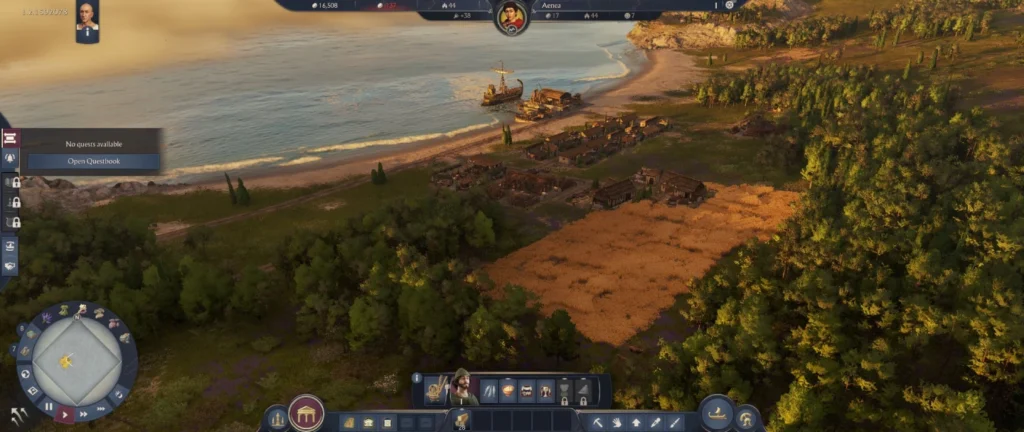
The campaign offers more narrative structure than previous Anno titles, featuring voiced characters, regular imperial requests, and a greater focus on story progression. While these elements help set context, some story segments can slow the pacing, particularly when they interrupt ongoing city-building momentum. Once the narrative recedes, however, the game’s strengths come through clearly, with environmental detail, sound design, and scale contributing to an immersive representation of empire management.

New Systems: Culture and Religion
Two new mechanics define the core progression in Anno 117: culture and religion.
You can choose to preserve Celtic identity in conquered provinces or begin the process of Romanization. Each path brings its own aesthetic and mechanical differences, influencing infrastructure, building options, and the overall character of a region. The system is flexible enough to allow players to reverse or adjust these choices later in the game.
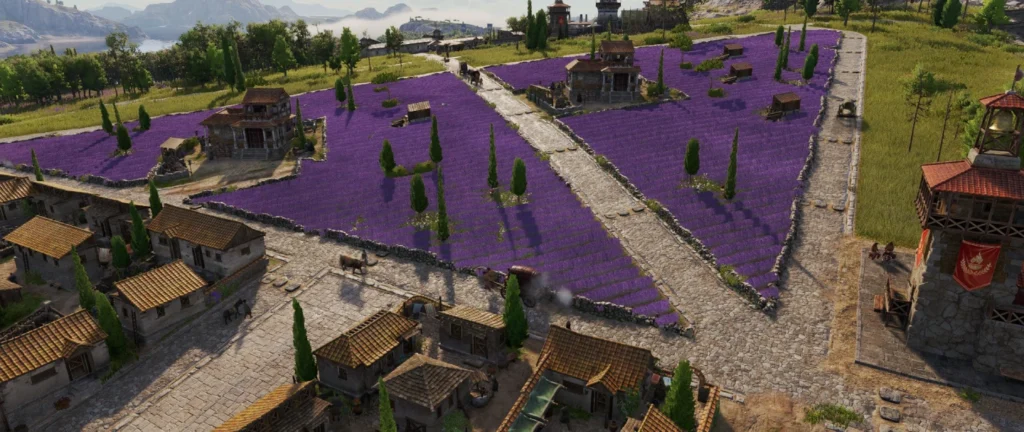
Religion functions as a second layer of influence. Each province can dedicate itself to a patron deity, unlocking specific buffs. Roman gods support agriculture, trade, and naval development, while Celtic deities provide different strategic advantages. Although these additions are meaningful, the game introduces them early, alongside economic and narrative systems, creating a steep learning curve in the opening hours. A dedicated tutorial map would have eased this initial complexity.
City-Building and Management
The core Anno loop remains intact: expand, balance production, and meet the evolving needs of your citizens. Buildings now exert local area effects — a bakery may boost property values while increasing fire risk, and pig farms affect nearby happiness. These interactions create more organic, less grid-like city layouts than in Anno 1800, producing towns that feel lived-in and visually authentic.
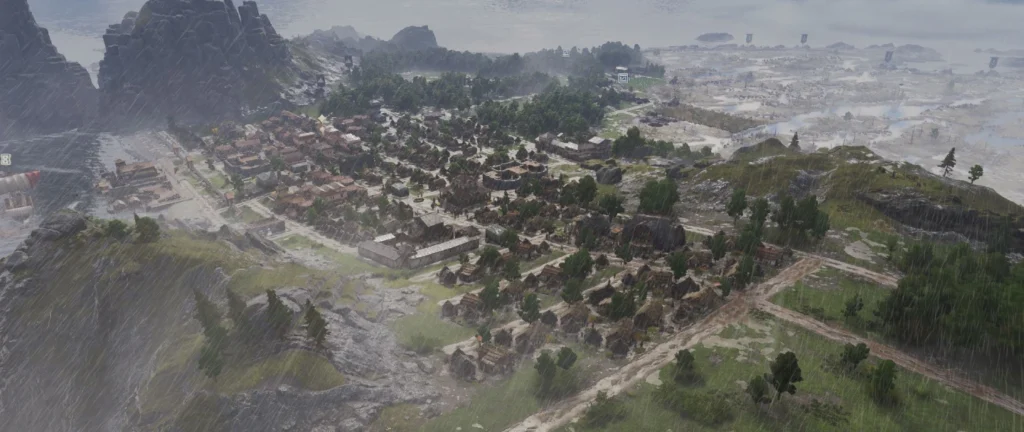
Citizen tiers introduce new needs at a manageable pace, tying requirements into wider systems such as knowledge and devotion. Libraries generate research; temples influence devotion; and production networks link across provinces. While the systems mesh well when understood, early gameplay can feel overwhelming due to layered menus and workforce management requirements.

The economic model is forgiving, allowing players to recover from inefficiencies without restarting. Mistakes carry consequences, but the game provides sufficient room to experiment and adjust. This accessibility makes Anno 117 inviting for newcomers without compromising the depth expected by long-time fans.
Multi-Region Expansion and Trade
A major structural shift occurs when the campaign transitions from Latium to Albian. Albian’s constrained terrain and marshlands introduce logistical challenges, requiring careful planning and costly engineering solutions. By design, both regions depend on one another, encouraging trade between Roman and Celtic provinces.
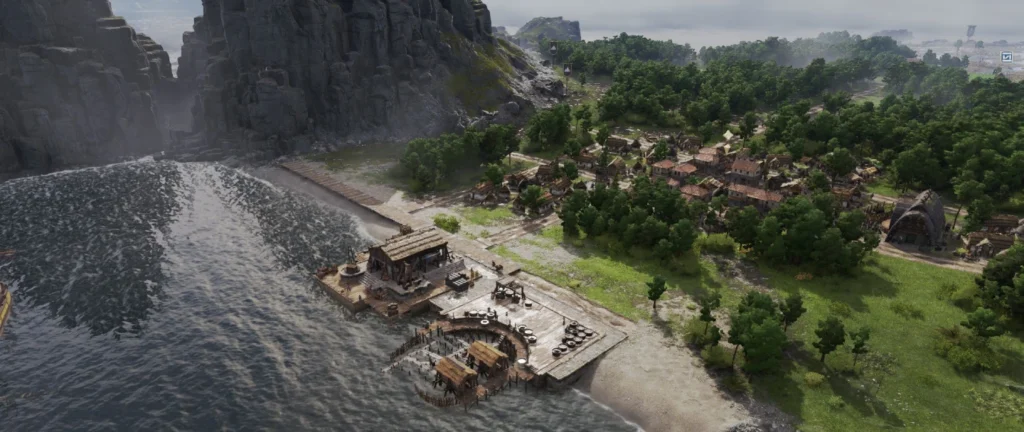
Managing multiple regions adds depth through inter-regional supply lines and fleets transporting essential goods. At the same time, this complexity can stretch player attention, especially as demands increase across separate territories. The system is ambitious and rewarding, but it requires diligence and consistent oversight.
Combat and Strategy
Combat plays a minor supporting role, offering naval engagements and small land skirmishes. Battles are simple and largely automated, serving more as interruptions to city-building than strategic highlights. The system adds variety and complements the storyline but never evolves into a major gameplay pillar.

Visuals and Performance
Visually, Anno 117 is one of the strongest entries in the series. Cities adapt naturally to terrain, structures animate with convincing detail, and both Roman and Celtic architecture are rendered with care. Zooming in reveals fine textures and busy urban activity, while zooming out presents expansive, atmospheric landscapes.

Performance is solid, though the UI shows clear concessions to controller input. Some interface elements feel imprecise on PC, and navigating menus can be cumbersome. A lack of certain overlays and limited in-game reference tools make detailed management more challenging than necessary.
Story and Endless Mode
The campaign’s narrative provides structure and introduces mechanics at a comfortable pace, though some players may find the interruptions disruptive. Endless Mode allows complete freedom, offering a relaxed experience compared to harsher survival-focused city builders. The mode’s adjustable difficulty helps extend longevity, supporting both casual play and more demanding long-term planning.
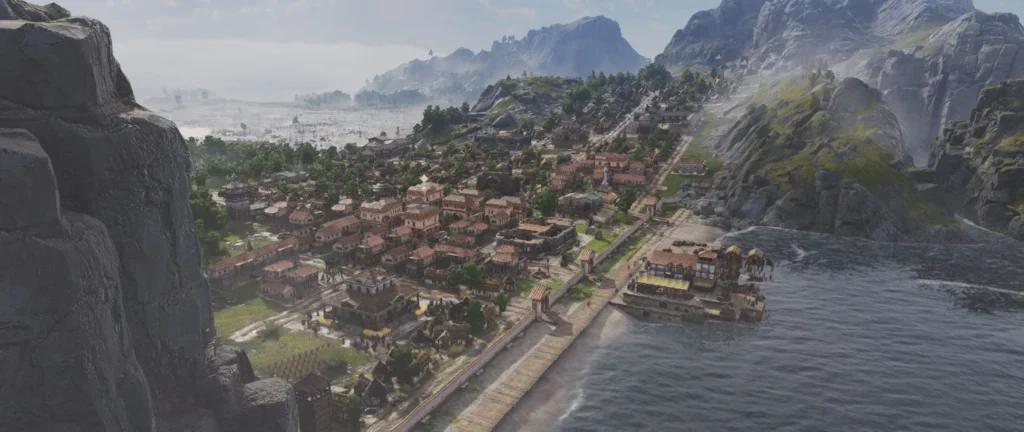
Value and Replayability
Anno 117 strikes a strong balance between depth and approachability. The trade system, multi-region design, and cultural mechanics offer extensive replay value. The world’s visual presentation and accessible economic model ensure that even long sessions remain engaging. While combat and UI limitations show room for refinement, the core city-building experience remains compelling and consistently rewarding.
Verdict
Anno 117: Pax Romana delivers a fresh direction for the series with its Roman setting, cultural systems, and multi-regional design. The city-building loop is as satisfying as ever, supported by impressive visuals and a generous economic model that welcomes both new and returning players. Despite a few interface issues and a modest combat system, the game excels where it matters most: creating a rich, detailed world that encourages thoughtful planning and steady expansion.












